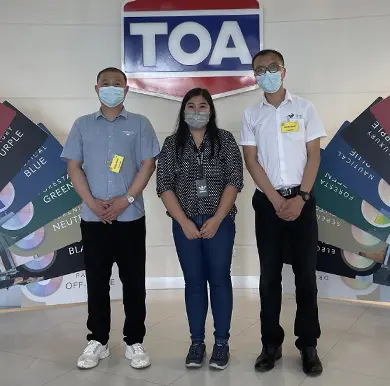
wrz . 16, 2024 16:41 Back to list
hpmc for gypsum
HPMC for Gypsum Enhancing Performance and Versatility
Hydroxypropyl Methylcellulose (HPMC) is a cellulose derivative that has gained significant attention in the construction industry, particularly in applications involving gypsum-based materials. As a versatile and effective additive, HPMC plays a crucial role in enhancing the performance characteristics of gypsum products, making them more adaptable to various construction needs.
What is HPMC?
HPMC is a non-ionic, water-soluble polymer derived from cellulose. It is primarily used as a thickening agent, binder, and film-forming agent in various industrial applications. Its unique properties, such as excellent water retention, adhesion, and consistency, make it an ideal additive for gypsum-based products, including plasters, wallboards, and mortar.
Benefits of HPMC in Gypsum Products
1. Improved Workability HPMC enhances the workability of gypsum mixtures. It allows for a smoother application and better flow characteristic, making it easier for workers to apply and spread the material. This is particularly beneficial in large-scale projects, where efficiency is paramount.
2. Water Retention One of the standout features of HPMC is its ability to retain water within the mixture. This characteristic is crucial in gypsum products as it prevents premature drying, ensuring that the material remains workable for longer periods. Better water retention leads to improved bonding capabilities and overall strength of the set gypsum.
hpmc for gypsum

3. Enhanced Adhesion The incorporation of HPMC improves the adhesion properties of gypsum-based materials. This is particularly important for applications like tile adhesives and plastering, where strong adhesion ensures longevity and durability. Gypsum products enhanced with HPMC can adhere better to various substrates, reducing the likelihood of delamination and failure.
4. Extended Open Time HPMC allows for an extended open time during application, which is essential for large-scale installations. This extended time provides workers with the flexibility to adjust and manipulate the material before it sets, leading to a more aesthetically pleasing finish and fewer application errors.
5. Reduced Shrinkage and Cracking The use of HPMC in gypsum mixtures can help to minimize shrinkage and cracking during the curing process. This is particularly advantageous in environments where temperature fluctuations may affect the setting process.
Applications in Construction
HPMC-modified gypsum products have a wide range of applications in the construction industry. From interior plastering to exterior finishes, HPMC is incorporated into various formulations to meet specific performance requirements. It is also widely used in the production of gypsum boards, where enhanced strength and moisture resistance are necessary.
Conclusion
In summary, the integration of HPMC in gypsum-based materials offers a multitude of benefits that significantly improve their performance and versatility in construction applications. As the demand for high-quality and durable building materials continues to rise, HPMC stands out as an essential additive that enhances the properties of gypsum, ensuring that it remains a preferred choice for construction professionals worldwide. With its numerous advantages, HPMC enables the development of superior gypsum products that meet the ever-evolving needs of the construction industry.
-
Unlocking the Benefits of HPMC Products: A Gateway to Versatile Applications
NewsAug.07,2025
-
Unleashing the Potential of HPMC Ashland: A Comprehensive Look
NewsAug.07,2025
-
Tile Bonding Cellulose: The Key to Superior Adhesion and Durability
NewsAug.07,2025
-
Hydroxypropyl Methylcellulose Powder: The Versatile Component in Modern Pharmaceuticals
NewsAug.07,2025
-
Hydroxyethyl Cellulose: The Versatile Solution for Various Industries
NewsAug.07,2025
-
Hydroxyethyl Cellulose (HEC): The Versatile Polymer for Various Applications
NewsAug.07,2025







